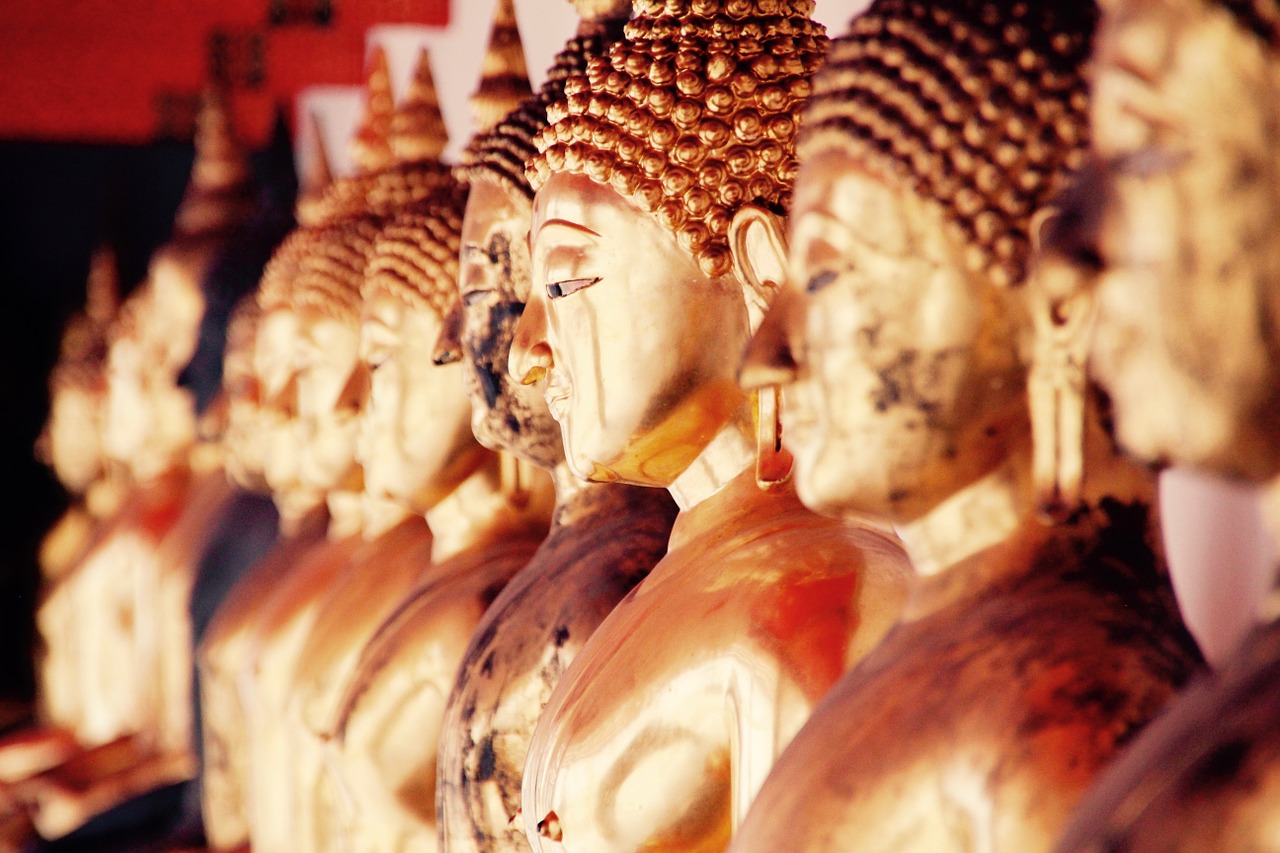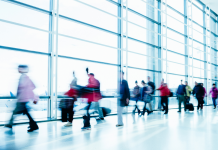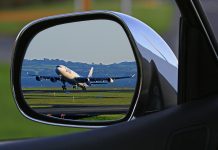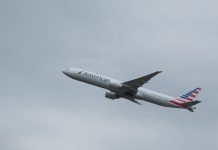
Southeast Asia tourism struggles to recover from the coronavirus crisis which led to global lockdowns, according to tourism officials.
Most borders in Southeast Asia remained closed. Authorities hesitate to open up their borders due to the unpredictable movement of infections.
According to the World Tourism Organization, an agency under the United Nations, the international tourist numbers could drop by as much as 80% for all of 2020.
Meanwhile, a May report by the UNWTO reported that Asia and the Pacific recorded the “highest impact in relative and absolute terms” in the first three months of 2020, with visitor arrivals dropping some 33 million.
In Thailand, a pilot scheme was initially instilled to grant special tourist visas for long-stay tourists, which would have encouraged international tourists to travel anywhere within the country. They would undergo a mandatory 14-day quarantine. However, those plans were temporarily halted after a new infection was reported, causing delays to reopening plans.
“Travelers can come to Thailand, and they can choose Bangkok or Phuket for their state quarantines,” Tanes Petsuwan, deputy governor for marketing communications at the Tourism Authority of Thailand, said in an interview with CNBC.
Flights are a huge part of Southeast Asia tourism. However, the airline industry has not returned to pre-pandemic operations. Cambodia, Brunei, and Vietnam have resumed some of their international flights. Meanwhile, Laos, Indonesia, Malaysia, Myanmar, and Timor-Leste still do not welcome foreigners, while non-essential travel for leisure and tourism remains prohibited in the Philippines.
Tanes labeled China and Singapore as countries Thailand is eyeing for potential travel bubbles in the future. This means allowing residents from only these countries to travel between each other.
Singapore is gradually reopening limited safe travel arrangements with other countries, particularly its Southeast Asian neighbors Brunei, Vietnam, Malaysia, and most recently, Indonesia.
In an interview with CNBC, Keith Tan, CEO of the Singapore Tourism Board, said the city-state is encouraging the tourism industry to come up with new products and innovative approaches of serving tourists, even as the country aims to attract locals to travel.
“In a time when you are so busy with 19 million visitors, they don’t have time to develop and innovate,” Keith said, “Now is the time to deepen and build new skills in digitalization, contactless, virtual reality capabilities.”
“Southeast Asia, and Asia-Pacific in general, is pretty much pro-innovation, especially because it’s a fast growing market,” Maxim Tint, CEO of GTRIIP, told CNBC in an interview.
“The first few implementations are going to be hard,” he admitted. “As the Covid situation becomes under control, this is no longer just a good-to-have. It has become a must-have experience to check in safely and contactlessly.”
Southeast Asian economies
During an interview on CNBC’s “Street Signs Asia," Euben Paracuelles, Nomura’s chief Asean economist, said that Southeast Asian economies may not recover fast even if they had been more successful in managing the coronavirus pandemic.
“Generally for the region … it’s somewhat of a U-shape recovery at best, I would say, because it’s still full of uncertainty and I think the risks are still tilted to the downside,” he said. He added that global uncertainties would limit the extent of the recovery of Southeast Asian economies.
A U-shape recovery happens when an economy remains at the bottom of a recession for a long time before it progressively recovers.
He pointed out that even if Thailand seems to successfully curb the spread of the virus, its economy would still suffer “a major drag” from the decline in tourism. The impact of the Covid-19 pandemic on tourism may persist until border controls are relaxed or a coronavirus vaccine becomes available as it would allow people to travel again.






